Weak in the Joints: Addressing arthritis from causes to care
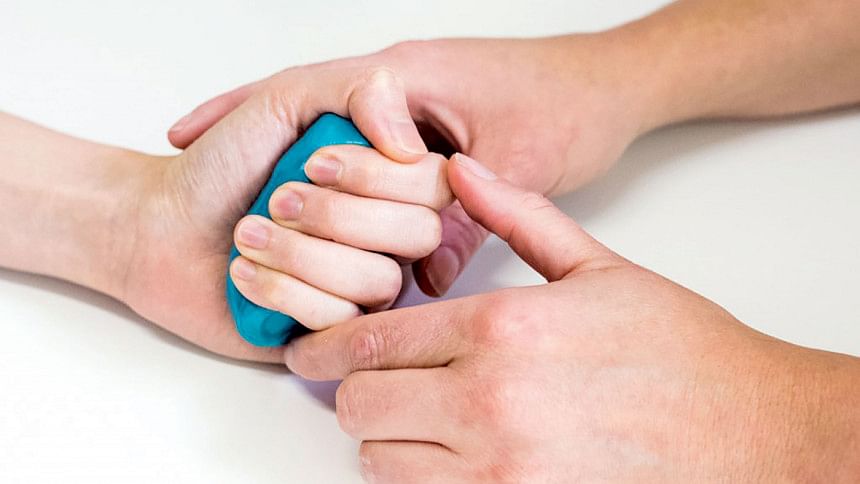
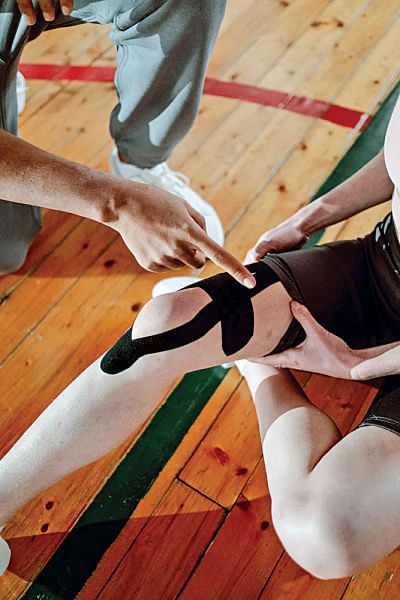
To put it simply, arthritis is a kind of inflammation and can happen at one or more joints of the body at the same time. The two main types of arthritis are osteoarthritis — that involves wear-and-tear damage to a joint's cartilage and rheumatoid arthritis — when the body's immune system attacks the lining of the joint capsule, a tough covering that encloses all the joint parts. Usually, any joint in the body can be affected by arthritis but it is most common in the knees, hips, and elbows.
According to Dr Nazmee Kabir, Evercare Hospital Dhaka, bone loss usually starts at the age of 30 (especially in women) and the onset of arthritis is more likely to begin in the early 50s. She adds that women are more prone to getting arthritis, especially during or after menopause. This specifically happens since there is a myriad of complex hormonal changes ongoing in the body during that time.
Are osteoporosis and arthritis the same?
Dr Kabir aptly highlights the key difference between these familiar medical conditions.
"Osteoporosis and arthritis are actually two very different conditions," she began. A joint has cartilage that causes the smoothness, and acts as the shock absorber during any movement. When there is damage, especially continual, to this cartilage, arthritis starts to set in."
She added, "However, osteoporosis occurs when the density of the bone decreases."
For women, there is a sharp decline in bone density, especially after menopause and this is what leads them to have osteoporosis. Interestingly, in severe cases, osteoporosis and arthritis can even take place simultaneously in a person's body but in different joints.
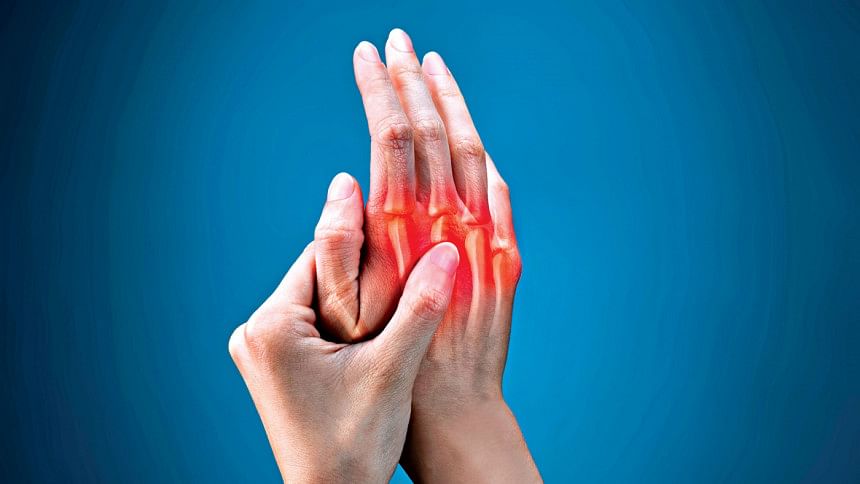
Myriad causes of arthritis
Obesity
Arthritis most commonly affects the lower joints and the key reason it occurs is due to being overweight or obese.
"When we walk or stand, we put most of our weight on our spine, hips, legs, and knees, and as we gain weight, our limbs are not able to support our body as much," Dr Kabir explained. This causes cartilage damage, eventually leading to stiffness or swelling of the joints.
Age and sex
The risk of having arthritis naturally increases with age and it is more common in females (mostly due to menopause, pregnancy and general deficiency in calcium intake in this part of the subcontinent). During menopause, the muscles become more relaxed and weaker, and women tend to gain more weight at that time due to the various hormonal changes going on inside their body.
Pregnancy and childbirth
Even childbirth and pregnancy can lead to arthritis. During this time, a woman is bearing more than her usual body weight and it enhances the wear and tear of joint tissues.
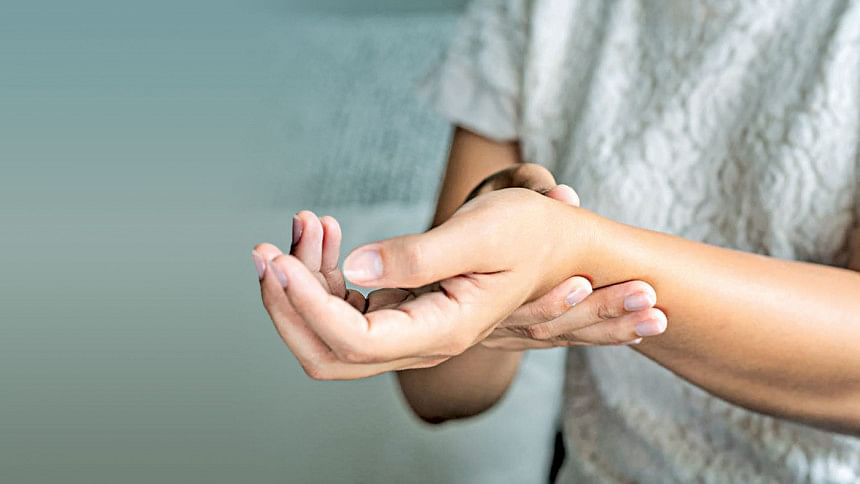
Family history
In some cases, arthritis may emerge from a genetic disposition as well, in case the patient's immediate family (parents/siblings) had suffered.
Previous trauma
Having a history of trauma where the bone joint was hurt and did not heal in the right way (for example, a fracture that did not heal properly), can also lead to arthritis in the adjacent joints. Additionally, there are some auto-immune diseases, which may also lead to getting secondary arthritis.
Symptoms —
Pain
Ranging between mild, moderate and severe, pain is the most common symptom that any arthritis patient is bound to experience.
Stiffness
Stiffness or locking of the joints is another general indication of arthritis. One may be unable to feel or move their joints, especially after a long period of inactivity. Sometimes, one may even wake up in the morning and find their fingers or toes feeling stiff. In severe cases, there may even be deformities of the joints.
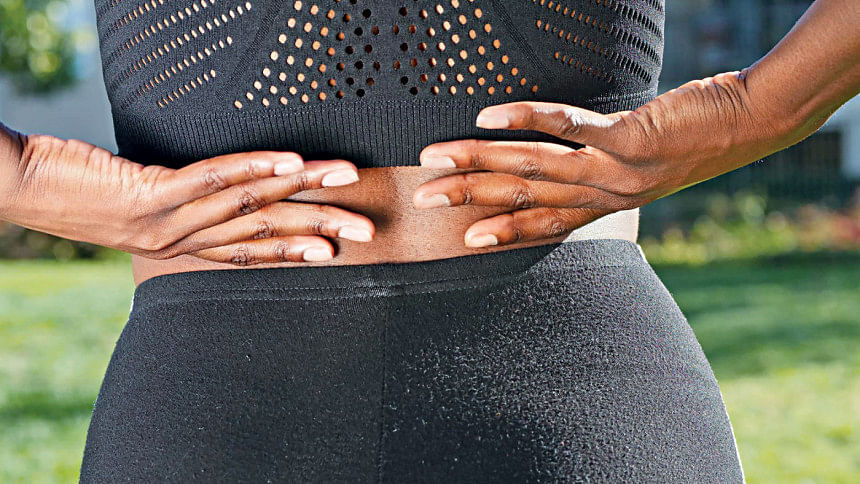
Swelling and redness
Often, the damage in the cartilage that causes friction in the joints lead to some swelling and redness that is externally visible to the arthritis patient.
Difficulty in walking
When you are already weak in the knees, walking is not an easy task. Limping is quite normal for people suffering from arthritis in their hips or knees.
Crepitus
Dr Kabir defines crepitus as "the cracking sound or feeling in the joints" and it is very common to feel this during arthritis.
Seeking specialist help —
Dr Kabir advises to seek specialist guidance right from the first phase of pain.
"Once you consult a specialist in the initial stage, it becomes easier for the specialist to identify why the pain is happening, the type of arthritis and which stage you are in so that they can guide you properly," she elaborated.
The treatment for each stage is different, so an early diagnosis is always helpful to find the right way to begin the treatment process.
A multidisciplinary approach is the best kind of method to start off arthritis treatment and highly recommended by Dr Kabir. In a multidisciplinary approach, while a specialist will diagnose the cause and stage of the arthritis, a physiotherapist will show the exercise routine required and simultaneously, a dietician will guide the patient regarding nutrition and diet.
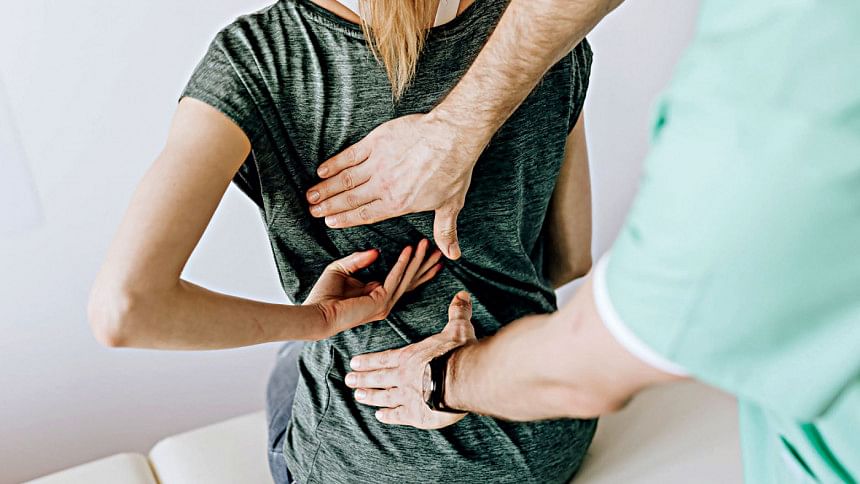
Medication or physiotherapy
Medications, according to Dr Kabir, are only for symptom relief in case of arthritis. It is deemed a temporary relief for the pain, while in some cases, they work somewhat to improve the joint tissue but there is not enough evidence on this yet. For severe cases, injections, steroids, and anesthesia are also applied.
"Physiotherapy, on the other hand, can give you realistic and longer term relief from the pain and helps to make the muscle around your joints stronger," Dr Kabir revealed. The joint space is reduced in arthritis and physio helps to give traction to the feet and increase that crammed up space so it is much more relieving than medication. In fact, as per Dr Kabir, physio has evidently helped to significantly improve the condition of patients suffering from knee arthritis.
In very severe cases, a total knee/joint/hip replacement surgery may be required by the patient. "This kind of surgery has become more prevalent within the country in the last decade," Dr Kabir assured. These severe case patients usually face serious difficulty in walking or even just standing up as they have hardly any joint space left, the bones are locked in together and their only ray of hope at that point is a prosthesis placement through surgery. While this surgery is usually undertaken by elderly patients and it may involve few age-related risks and complications, it is a surgery lasting 2-3 hours and post-surgery care includes regular physiotherapy and rehabilitation for a month or two. The lifetime of the prosthesis is about 15 to 20 years and these patients usually do not face any problems in the long run and in rare cases, they might need a revision surgery.
Healing and caring —
Analgesics
Dr Kabir elucidated that the general advice to fight pain is to take analgesics like paracetamol at home.
"Anything more powerful than that would surely require specialist advice," she mentioned.
Warm compressions
That hot water bag you stowed away in a drawer somewhere might just be your best friend when experiencing joint pains. Warm compressions really help to relieve the pain, swelling and redness.
Joint-specific exercise
Exercising on your specific joints, can help to make the muscles around your bones stronger and prevent from arthritis condition getting more aggravated.
Weight reduction
Maintaining a normal body weight (as per your own BMI) can help to keep arthritis at bay.
Active lifestyle and healthy food
According to Dr Kabir, just regularly staying active overall and having a healthy diet that is especially rich in calcium, vitamins and minerals can definitely help fight arthritis and keep it in check even if you start experiencing it.
Although the process of arthritis causes cartilage damage that is almost irreparable, the pain might tend to peak like a sinus curve, decrease gradually and become episodic, and in some cases, it might even go away completely. The most crucial part of healing from arthritis is acceptance.
Arthritis is one of the most common age-related ailments that in all honesty, it is irreversible and has no exact preventions. But what we do know is how to heal and care for ourselves when we experience it. That is why, the first step is to be alert when the first pain hits, and start with a multidisciplinary approach with regular checkups, to step into a life where we can learn to live with arthritis while having it under full control.
Photo: Collected

 For all latest news, follow The Daily Star's Google News channel.
For all latest news, follow The Daily Star's Google News channel. 



Comments